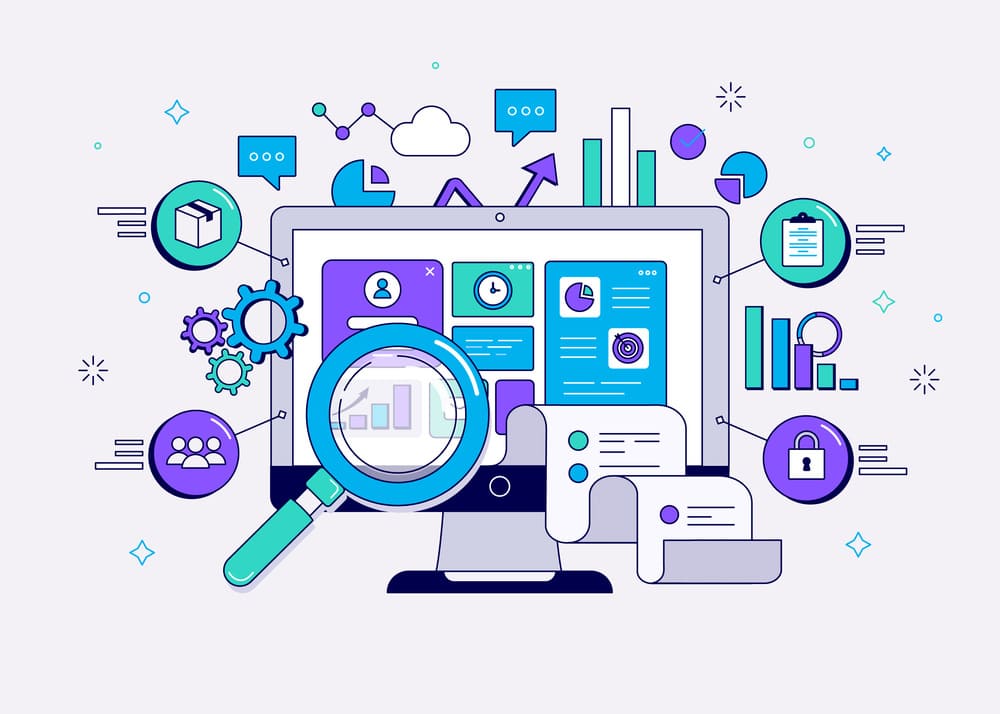Planning to buy a Resource Management Software? 7 must-have features to effectively manage your resources.
Whether your business employs 10 or 100 people, one of the biggest challenges you face as a project manager and business owner is - resource management. While resource planning may appear simple at first glance, it's one of the most tedious and complicated tasks in the entire project lifecycle.
Handling resource requests for a dozen different projects, conflicting priorities, underused and overused resources, full-time workers, remote workers, freelancers, and vendors - resource planning is indeed overwhelming. And, to add to the resource planning woes are - vacations, sick leaves, and last minute client demands.
Efficient resource management is indeed tricky and requires expert assistance. This is where - resource planning and scheduling software can be a lifesaver.
Before we help you choose the right resource scheduler for your business, let's take a quick look at a few basics.
What is Resource Management Software and What does it do?
Resource management software, also known as Resource Scheduler is a branch of project management software. It helps businesses track and monitor the availability of resources; identify key skills of the resource pool so that it's possible to allocate the right resource for the right projects.
With the right tool, you can eliminate depending on complex spreadsheets and manual logs. The biggest problems with manual resource allocation are that it's - time-consuming, highly inefficient, outdated, irrelevant and lagging.
With an effective resource management software, you can make optimize the use of your resource pool, matching the right resources to the right tasks.
Now that you understand the benefits, it's time to pick the right one that suits your business requirements.
-
Efficient Scheduling of Resources
As a business, you would probably spend a lot of time, money and effort hiring the right resources for your organization. But, all your efforts go for naught, if you don't make optimum use of the available resources.
Look for resource management software that makes it easy and efficient to allocate various resources for the project. With proper scheduling, you can get more work done with fewer hands, thereby increasing your overall turnover and revenue.
-
An Easy to Use Dashboard
One of the biggest objectives of using resource management software is to make your tasks easier. Look for resource allocation tools that have an easy-to-use and customizable dashboard. This way, all the relevant, real-time information is easily accessible, right before you, on a single screen.
The dashboard must be able to provide you with real-time and accurate insight into resource availability, resource capacity, project progress and other key factors that you need.
-
Centralized View of All Your Resources
Today, businesses are no longer restricted to a single office space. With globalization, more and more businesses have multiple offices spread across the world. And, with remote working on the rise, you may have employees who don't come into the office. And, not to forget freelancers, contract workers, third-party vendors and on-field workers who are all part of the project.
Additionally, there may be an overlap of resources between teams. For instance, a particular person may work on back-end and front-end for two different projects and so on.
The resource scheduler you choose must be able to provide you with a unified view of all the resources in your organization. Look for resource management tools that have a centralized directory of your resources specifying key details like - skills, qualification, experience, certification and other details about all resources.
A centralized directory makes it easy and efficient to identify the right resources, even when they are spread across offices and teams.
-
Centralized Project List
As a business, you are likely to handle several projects simultaneously. These projects may be in various stages of completion, and utilize different resources at any given time.
Look for resource schedulers that give you a complete list of projects - so that you can prioritize resource allocation accordingly. Additionally, having a centralized overview of all the projects gives you accurate and clear visibility that helps you make the right decisions for on-time completion of projects.
-
Resource Utilization Reports & Planning
The resource management tool you use must be able to provide you with accurate resource utilization reports. This information has to be available in real-time so that you can avoid under or over-utilizing resources.
These reports will help you make key decisions about the project regarding resource allocation. Additionally, you can also use these reports to make efficient hiring plans for a short, medium and long-term basis.
-
User Access Levels
Resource scheduling, project allocation, and reporting are confidential data. You don't want them to be available to everyone on the project. Look for resource management software that has various levels of user access.
For instance, an entry-level developer must only be able to see the tasks assigned to him/her, the timeline for completion and so on. On the other hand, project managers must not just have view rights but also edit rights, so that they can shift resources around, as and when required.
-
Feature to Handle Different Resource Types and Working Timings
The resource planner you choose must be able to accommodate a wide range of resources - both human and nonhuman. For instance, a meeting room is also a resource and requires to be scheduled so that two teams don't book it at the same time. Similarly, the working time of a full-time employee will be different from a part-time contractor. The tool you choose must be able to accommodate it all.
Other Features to Consider
Apart from these seven crucial features, the other factors to consider while choosing a resource management tool are:
- Time tracking of employees using a timesheet
- Staffing forecasting
- Automation of staffing requests
- Enterprise-wide availability of the tool, preferably via the cloud
- And, configurability and customization to suit specific requirements
Compare and Evaluate
Make sure to compare the features, functionalities and pricing of different resource management tools to help you choose the right one that works for your specific business needs.


